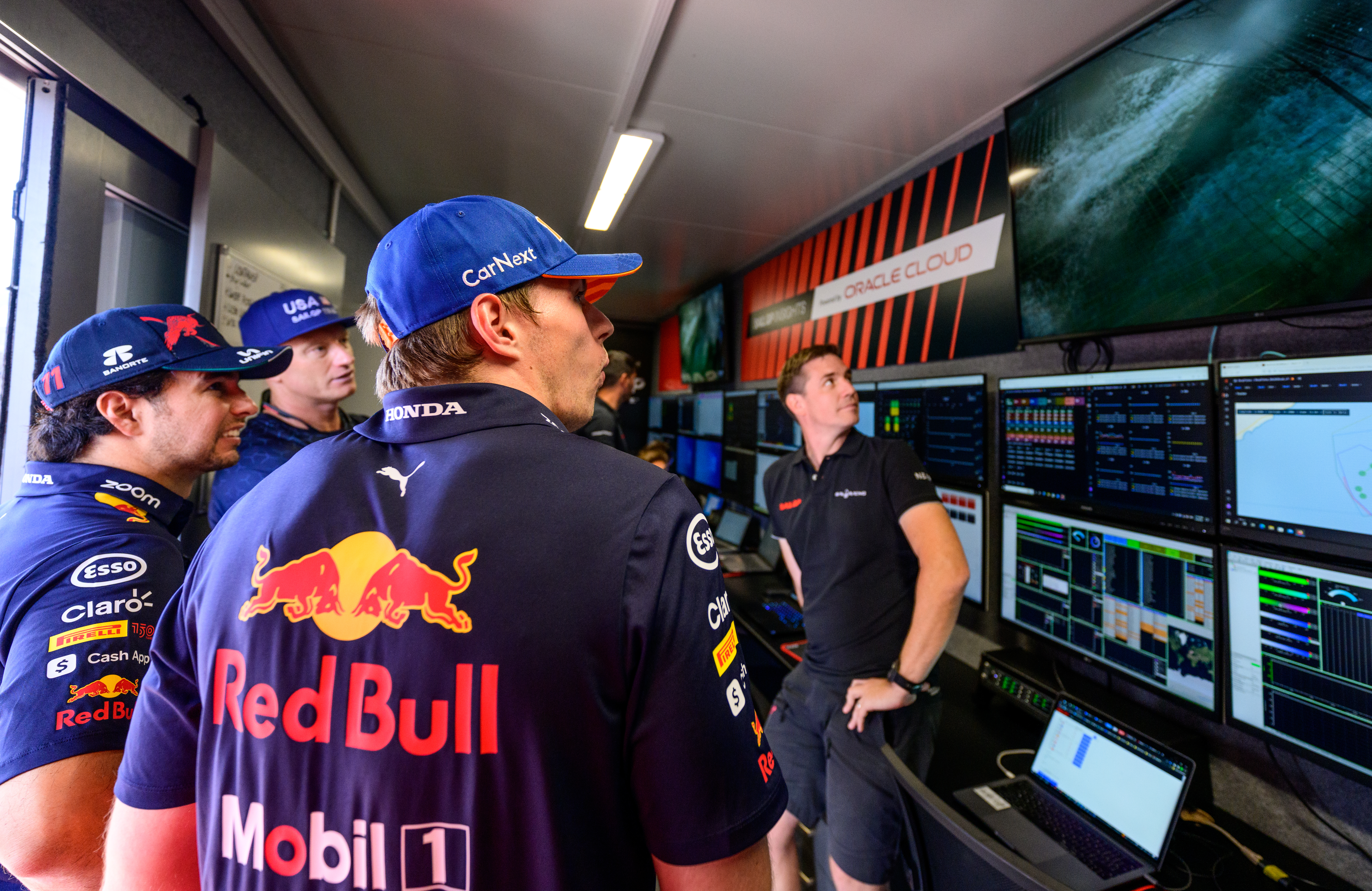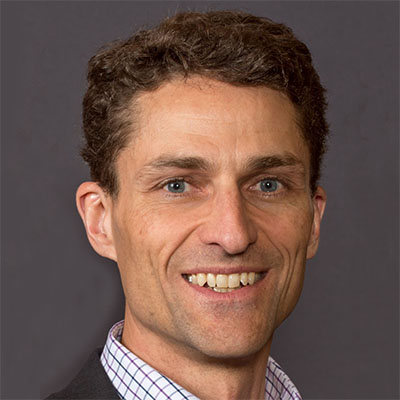Max Verstappen and Sergio Pérez are among the best in the world at what they do—driving open-wheel, single-seater race cars in Formula One, where their Oracle Red Bull Racing team is currently leading in the standings. So it’s fun to see Verstappen and Pérez look like rookies behind a steering wheel for a change, even if only briefly.
That rookie moment happened recently when each sat in the driving seat of an F50 catamaran, which is the world’s fastest sailing craft. The teammates already were in Le Castellet, France, for the French Grand Prix, so they hopped over to Saint-Tropez where the SailGP league was preparing for its own weekend of races.
While an F50 catamaran bears no physical resemblance to an F1 race car, it wasn’t long until the two drivers got comfortable on the 15-meter-long, six-crew-member craft, which can hit up to 60 miles per hour as it rides on hydrofoils that lift the hull above water.
“The first time you take off, you don’t know what to expect, so you’re just trying to look at what the other crew members are doing and how they’re balancing,” Verstappen says. “Then at one point, you get a bit confident in what you’re doing—or at least trying to do.”
The drivers saw a lot of similarities between what fuels success in F1 and SailGP racing: skilled maneuvering, precision teamwork, and a huge amount of real-time data analysis that feeds into the in-the-race calls that help decide the winner and losers. For both Oracle Red Bull Racing and SailGP, Oracle Cloud Infrastructure (OCI) provides the high-speed, cloud-based computing and networking needed to inform the real-time decision-making of team strategists.
Verstappen and Pérez toured the SailGP mobile data center, seeing how it processes 3,000 pieces of data every second streaming in from the 800 sensors on each boat. In SailGP, everyone has access to all the same data—teams on each boat, strategists on shore, and fans watching on TV or online can see the data streams and how each vessel is performing. In contrast, F1 teams have access only to their own cars’ data, but their strategists still are running real-time data simulations and relaying those insights to drivers and team leaders. “Our sports are so similar in how they interact between the teams and the strategists,” Pérez says.
At SailGP, by relying on OCI’s high-speed FastConnect networking, the umpires don’t even have to be onsite, since they can see video and data feeds from the UK that are identical to those onsite. “They’ll decide, live, ‘OK, this boat has a penalty,’” says Jimmy Spithill, driver of the United States SailGP Team. All the computing that drives those data and video feeds happens in an OCI Region in London.

In the discussions between Spithill and F1’s Verstappen and Pérez, it’s clear they’re all very comfortable blending the real-time, data-driven strategy recommendations with their gut instincts and split-second reactions.
“Strategy is, of course, very important, and you have to run billions of simulations,” Verstappen says. “Because of Oracle, we’ve upped that by 25% [thanks to OCI’s speed and cost savings].”
After a day around the water, the dock, and the data center, the Oracle Red Bull Racing drivers came away with a new appreciation for high-speed sail racing.
Spithill’s US team may want to make a spin with Verstappen and Pérez a regular part of their prerace preparation: In Saint-Tropez, the US team took its first victory of the SailGP season, overtaking Great Britain and New Zealand in the final podium race.
Join us at Oracle CloudWorld October 17 to 20 to engage with Oracle Red Bull Racing and SailGP technology leaders, including these sessions:
- Learn How the Oracle Red Bull Racing Formula 1 Team Wins Using OCI
- How AI Provided SailGP with Real-Time Monitoring and Predictive Analytics
- Register now for CloudWorld
